In the era of the Internet of Things, embedded technology is promising
Embedded technology and the Internet of Things industry are developing rapidly. Embedded technology is also exploring the application of emerging markets on the basis of consolidating traditional applications. The Internet of Things (IoT) is undoubtedly the most widely used application target. South China is an important base for China's electronic information industry, and Shenzhen has a reputation as “China's Silicon Valleyâ€. During the “China Electronic Information Expo 2017â€, with the assistance of Beihang Publishing House, the Embedded Systems Association and China National Electric Equipment Corporation and China Light and Power Exhibition and Information Communication Co., Ltd. jointly organized “Embedded Technology and Materials in South Chinaâ€. Network Industry Development Seminar". The meeting was hosted by He Xiaoqing, Secretary-General of the Embedded Systems Association, director of the China Software Industry Association, and vice chairman of the Embedded Systems Branch. Many experts, scholars and industry representatives were invited to share their developments in embedded technology and the Internet of Things industry. Understanding and practical experience, and more than 60 industry insiders to seek new opportunities for innovation and development of China's electronic information industry.
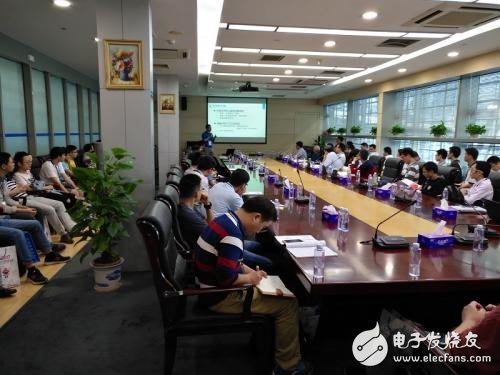
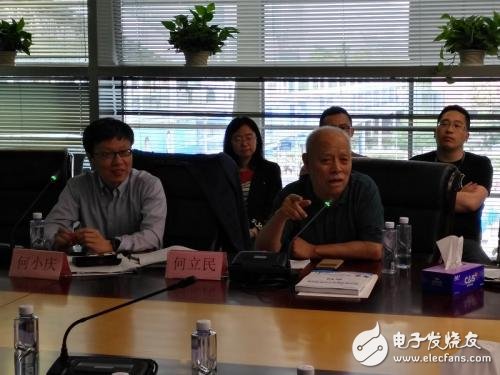
Associate Professor Li Jianqiang, Dean of the School of Computer Science, Shenzhen University
At present, China's maternal and child health problems are prominent, especially the problem of birth defects has become increasingly prominent. In response to this theme, Associate Professor Li Jianqiang shared a report entitled “Medical and Child Health and Basic Medical Management Platform Based on the Internet of Thingsâ€. He led the team to design the "maternal and child health management and fetal dynamic monitoring system", through the cloud diagnostic box multi-function tester and health management software, the mother and baby users, doctors and hospitals are effectively combined, the product was acquired last year. The champion of the National Makers Competition.
Associate Professor Li Jianqiang emphasized that for the Internet of Things to really play a role, it is necessary to effectively analyze and further use the collected data. Their products are a good example of this. For pregnant women, it can provide a one-stop service for maternal and child health management. For doctors, it is equivalent to opening up an online personal clinic to facilitate communication with patients and peers. For hospitals, it provides a health monitoring platform inside and outside the hospital to facilitate remote patient monitoring.
Although the design of this product led by Associate Professor Li Jianqiang is small in size, its accuracy is very close to that of traditional equipment. At present, there are sixty or seventy hospitals in use, and the measurement results can be directly used for doctor diagnosis. In March 2015, Shenzhen Maternal and Child Health Hospital was also put into use, and now the number of platform users has reached more than 300,000. In addition, through close cooperation with ZTE, etc., product promotion has been greatly promoted. At present, the team is studying the appropriate hospitals for grading diagnosis and non-invasive blood glucose testing according to the condition, hoping to benefit patients on more levels.
Professor Xu Cheng, School of Information Science and Engineering, Hunan University
In just 10 years, China High Speed ​​Rail has mastered high-speed rail technology through its “introduction, absorption and digestion, innovation and transcendence, application†and has a high-standard independent brand. Nowadays, China has entered the post-high-speed rail era. How to use the existing high-speed rail to ensure its safety, reliability, high efficiency and high service quality has become the main task, and the importance of operation and maintenance work has become increasingly prominent. Professor Xu Cheng led us into the operation and maintenance world of high-speed rail through a report titled “Intelligent Detection of High-speed Rail Contact Network and Several Issues in the Post-High Speed ​​Rail Eraâ€.
High-speed rail is no small matter. Compared with ordinary railways, the safety requirements of high-speed rail are more stringent. At present, the operation and maintenance work mainly relies on limited manpower, and the operation and maintenance equipment is backward. It is urgent to reduce the pressure of operation and maintenance through technology and shorten the implementation of transportation. In the skylight period of the peacekeeping work, the operational efficiency and service quality are improved on the basis of ensuring the safety and reliability of the high-speed railway. Challenges and opportunities coexist, and after entering the post-high-speed rail era, there will be more technologies to do.
Professor Xu has been working with the company in contact with the network since 2012. He has designed a contact network testing device for 5 years. Last year, during the first tender of the Ministry of Railways, he designed the radar-based intelligent testing equipment to win the bid. This smart detection car can easily and quickly collect the various parameters required, which greatly improves the detection efficiency of the operation and maintenance personnel. At the meeting, he introduced in detail the specific work done in recent years and analyzed the technical difficulties.
At present, the railway operation and maintenance department has many practical application requirements, and it is urgent to improve the status quo through embedded technology. Professor Xu shared some directions that can be focused on in the future, such as high-speed rail contact point cloud big data and its application, contact network operation and maintenance system based on Internet of Things technology, and railway electrical professional wearable equipment. He hopes that more embedded practitioners can focus on the high-speed rail field and use embedded technology to improve all aspects of China's high-speed rail operation and maintenance.
Huang Wenzhao, President of Guangzhou Founding Association, School of Mechanical and Electronic Engineering, Guangzhou University
In today's era of mass innovation, Maker has become a dazzling banner. So is the ability to innovate to be born, or can it be cultivated? Teacher Huang Wenzhao gave the answer in the report of “Creator Education 2.0 – the last mile of college students' innovation and entrepreneurship educationâ€: the ability to innovate can be cultivated in large quantities and in large quantities!
In 2008, Mr. Huang set up a team of professors and professors at Guangzhou University to try to develop Maker education among college students. The students are mainly freshmen from all majors and zero foundations. Each project team is composed of interdisciplinary. After years of unremitting efforts, we have achieved many gratifying results: 12 youth education robot platforms and 12 interactive creative robots have been designed; 12 guides for developing special tools for children, smart water cups, and blind assistants for special children; Maker elite class students trained 1200 primary and secondary school science and technology teachers from the city...
At present, the Guangzhou University's Creativity Research and Research Group has proposed a new concept of Maker Education 2.0, focusing on the transformation from “make it to†and “do it wellâ€. “Make it up†refers to product rapid prototyping, while “good†refers to product testing and optimization design, and improvements based on user feedback. Maker Education 2.0 is a key step in truly turning ideas into products. It is an important part of the lack of hacker education at home and abroad, and it is also the last mile of college students' technological innovation and entrepreneurship.
Professor Wang Xinan, Vice President of Shenzhen Semiconductor Industry Association, School of Information Engineering, Peking University Shenzhen Graduate School
With the problems of environmental pollution, aging, and the difficulty of medical treatment, life and health problems have become increasingly prominent. How to understand physical health, timely treatment of physical diseases, and improvement of personal quality of life have become the focus of general concern. Professor Wang Xin’an’s report is “Technical Challenges for Continuous Monitoring and Treatment of Life Processesâ€. He really appeals to more young people to pay attention to the field of life monitoring, focusing on human models, sensor data analysis, and deep learning. public.
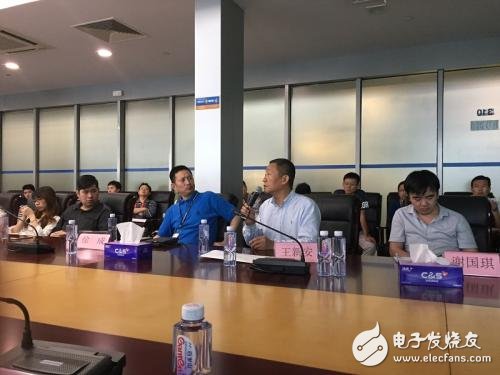
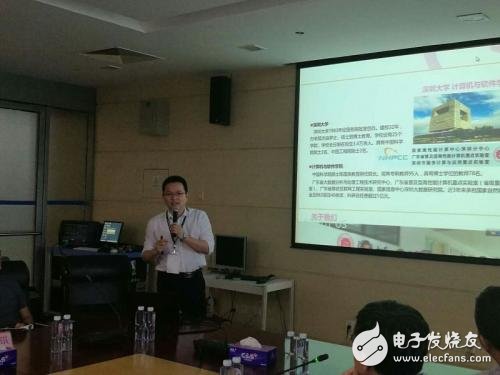
Whether using the Chinese medicine system or the Western medicine system, to conduct life monitoring, we must first establish a suitable model. Professor Wang combined with the continuous monitoring and treatment system architecture to focus on the main factors related to life monitoring. He emphasized that mobile phones are irreplaceable as the most close-to-human information terminals and transmission channels, and the integration of embedded technology and sensors is also an important direction.
Chairman of Jiangsu Yuwang Electronic Technology Co., Ltd., Distinguished Professor of Hangzhou University of Electronic Science and Technology, Dr. Wu Wei, Special Expert of National Thousand Talents Program
As a special expert in the National Thousand Talents Program, Dr. Wu has a wealth of entrepreneurial experience and has a deep understanding and understanding of his industry. At the conference, Dr. Wu gave a report titled “Internet +: From Embedded to Internet of Things (Smart Healthcare and Smart Bus Industry Solutions)â€, which caused many young people to ponder.
The Internet+ era characterized by big data requires the use of Internet thinking and new Internet technologies to re-engineer the entire industry and refactor the entire industry to the “optimal structureâ€. China entered the Internet of Things era before foreign countries, and the Internet of Things is a natural extension of the development of embedded systems. In the Internet of Things era, embedded is naturally upgraded to an intelligent system. From cloud computing to sensors, embedded systems are solid foundations.
Dr. Wu believes that in the Internet+ era, the embedded architecture consists of five elements: smart sensing, smart terminals, APP, cloud and data mining. He combined the actual success stories of embedded systems in smart medical and smart public transportation, and specifically analyzed how these five elements are organically combined, so that products based on embedded technology can be applied to various sub-sectors.
In the era of the Internet of Things, the cloud is inseparable from the cloud, but the data storage space in the cloud cannot meet the rapidly increasing data requirements. Therefore, the processing of the terminal is particularly important, and this is where the embedded technology comes into play. As Dr. Wu said: In addition to looking up to the sky, we must be down to earth! Embedded technology is the cornerstone of the Internet of Things era.
Dr. Xie Guoqi, School of Information Science and Engineering, Hunan University
Dr. Xie Guoqi is in the Department of Computer Engineering of Hunan University. He started researching automotive embedded systems in 2009 and has long-term and in-depth cooperation with the Toppers Operating System Research Center of Nagoya University, Japan. Dr. Xie's report titled "Functional Security and Information Security for Automotive Embedded Systems", he detailed the structure and standards of automotive embedded systems, and the research work based on such structures and standards.
As the functions of automotive electronic systems increase and the complexity increases rapidly, the volume and weight of the wire harness, the cost of the wire harness, and the power consumption also increase rapidly, which brings difficulties to the design of the automotive embedded system. From a computing perspective, automotive embedded systems are a "heterogeneous distributed embedded system."
Car safety is a major concern for everyone. Dr. Xie focused on automotive safety standards, automotive information security standards and AUTOSAR adaptive platform standards, as well as failures and information security risks in automobiles.
The embedded industry has unlimited prospects
Participants expressed their opinions on the topic of embedded technology development in the Internet of Things era. Zhu Tiancheng of Chuanchu Technology talked about the demand for high-end embedded talents in industrial upgrading and rapid iteration. Xie Keqiang of Saibao Lab exchanged views with the Internet of Things. In the era of embedded security understanding, Zhang Guobin and Professor Wang Xinan of the Electronic Innovation Network exchanged questions about the medical testing of the Chinese medicine system. Finally, Professor He Limin, editor-in-chief of "Microcontroller and Embedded System Application" made a brilliant summary: in the Internet of Things era, the embedded industry has entered a transitional era. There are many limitations in the traditional embedded approach, but the opportunities for embedded practitioners are increasing. More, just need to use new ways to interpret!
The Laptop Stand is completely height adjustable and has six different elevations levels. Aluminum Laptop Cooling Stand is 17 inches wide, which offers plenty of room for your smartphone ,a notebook. Laptop Stand Aluminum Adjustable can find the best viewing angle. The Ergonomic Aluminum Laptop Stand is made of aluminum and comes in black or silver gray, making it an awesome match for Apple`s notebook. Laptop Stands And Risers also features an open-wedge design for better airflow.
Laptop Stand is simple and portable, understand what you need, say goodbye to a single support method, care for your health, and multiple choices. Detachable Laptop Stand is gear support, straight spine, refuse to lower your head, work more efficiently.
Laptop Stand Keyboard is front and back support, turn on the "desktop mode", a large field of view, to bring you a more comfortable viewing angle experience. Laptop Stand Upright six-speed adjustment is just right.
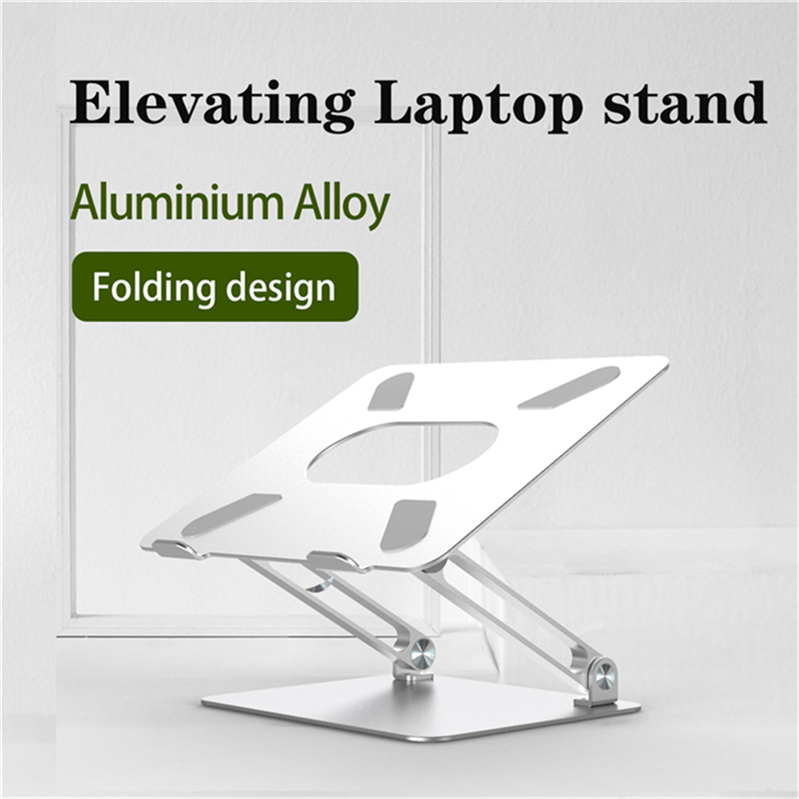
Ergonomic Aluminum Laptop Stand,Ergonomic Portable Laptop Stand For Desk,Adjustable Aluminum Ergonomic Laptop Stand,Ergonomic Aluminum Desk Notebook Holder
Shenzhen ChengRong Technology Co.,Ltd. , https://www.laptopstandsupplier.com